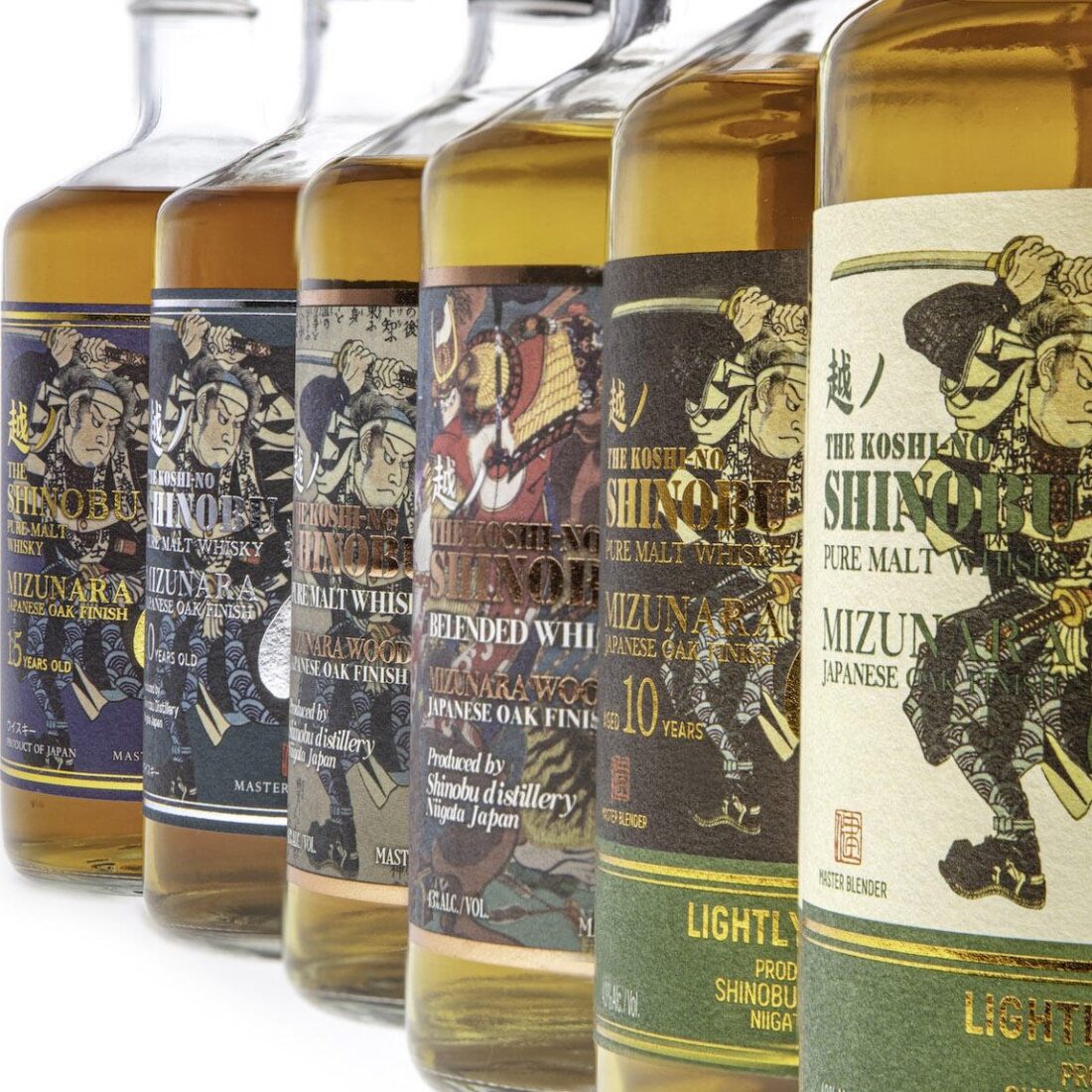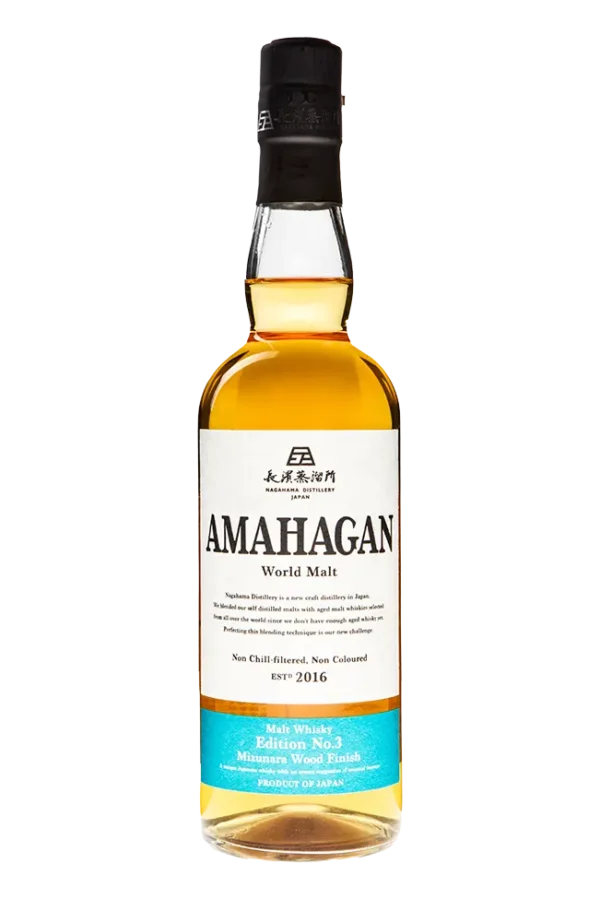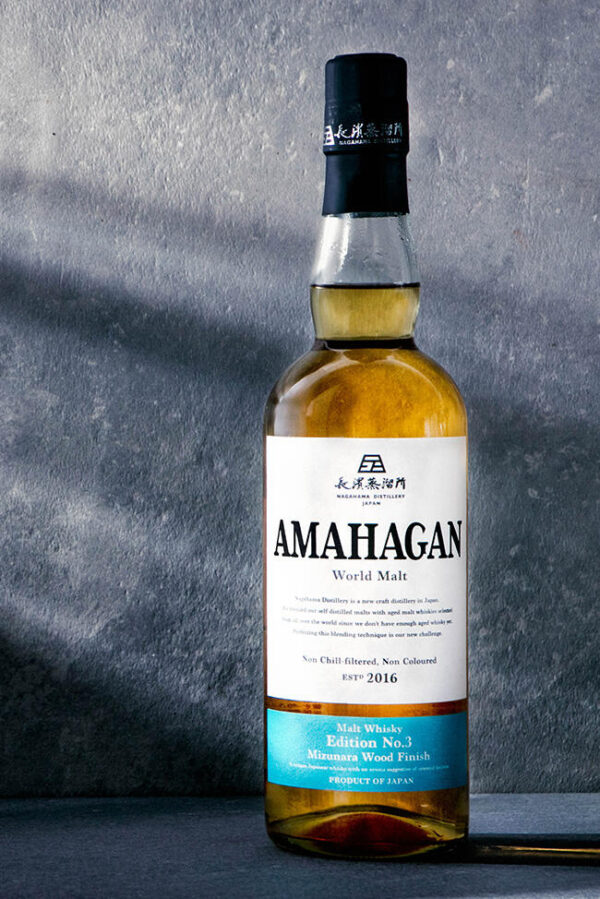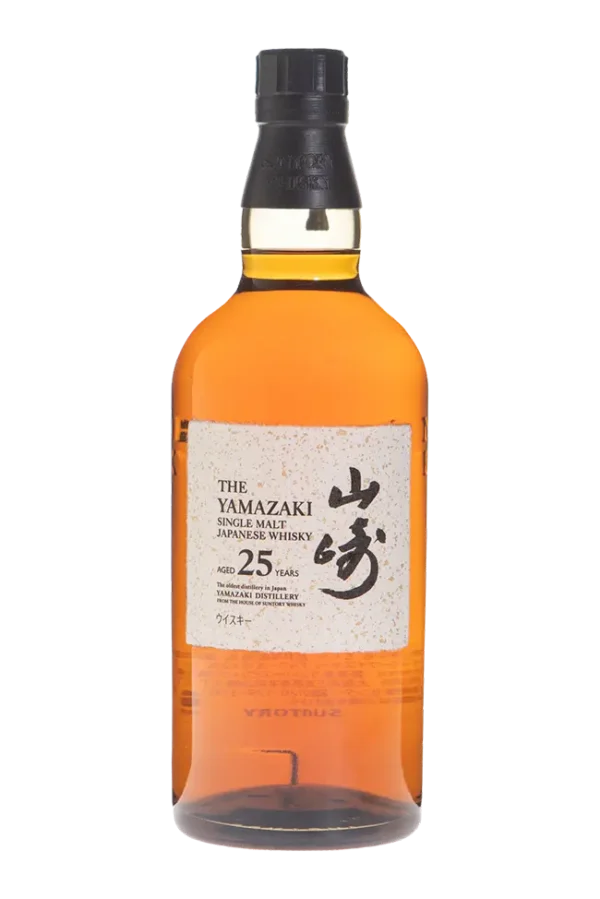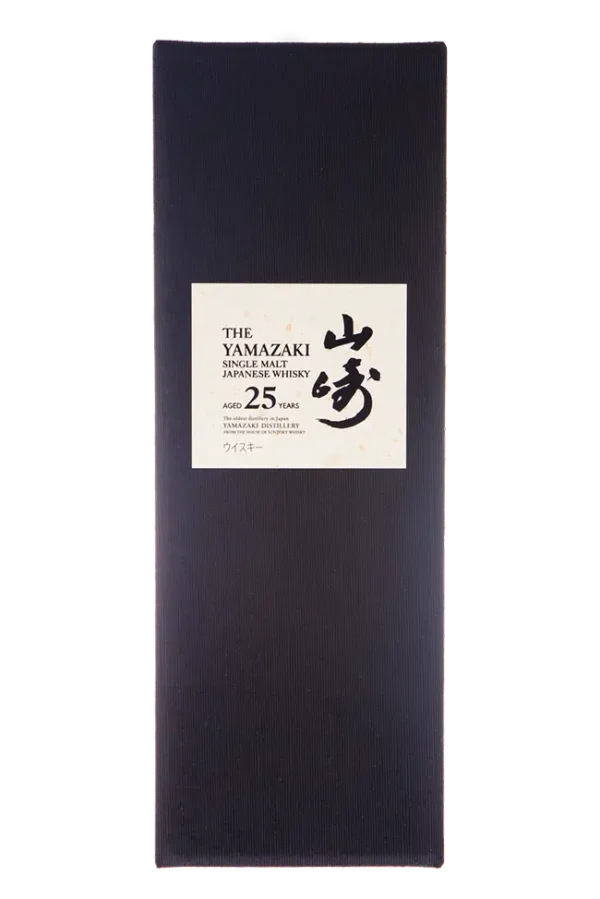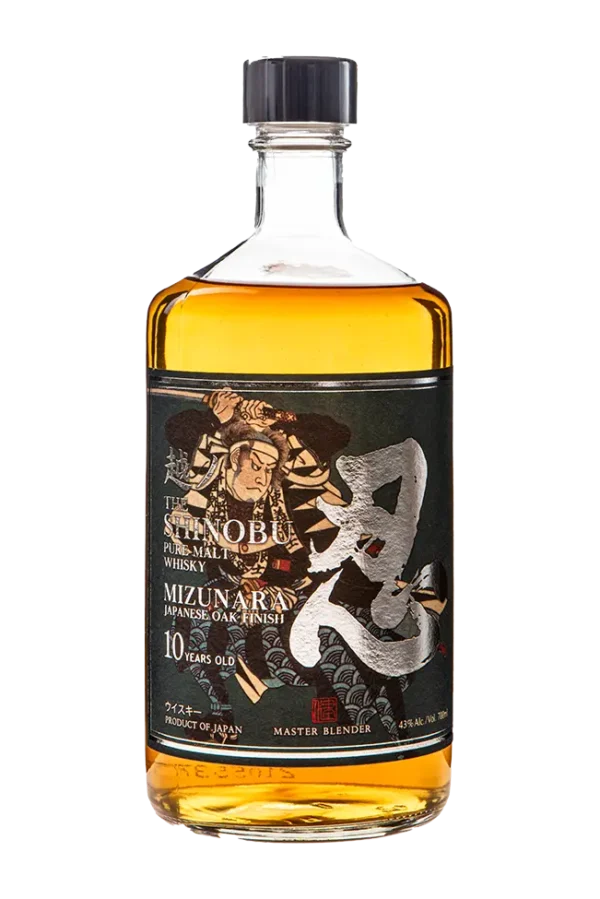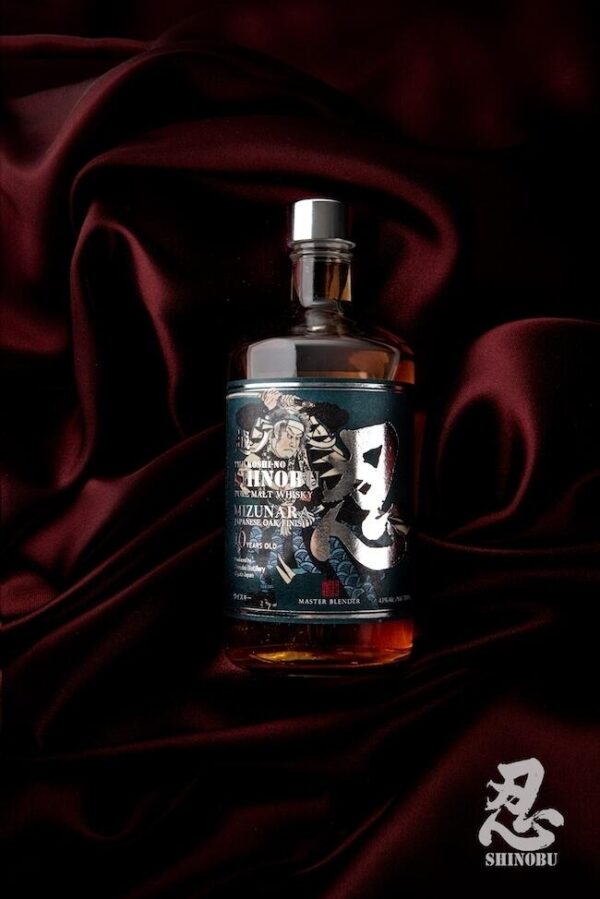Your Guide to the Best Japanese Whisky
It wasn’t so long ago that whisky was a narrow market centred around a handful of origins. You had your scotch from Scotland, your Irish whiskies from across the sea to the west, and then maybe your Bourbons from the United States. Today, though, things are different, whisky is a truly international affair and is so much better for it! If you haven’t yet explored Japanese whisky, you’re in for a treat.
Take a look at our guide to the best Japanese whiskies available here in Australia. Learn just what Japanese whisky is all about, and discover how the East Asian nation came to produce some of the world’s best-loved tipples.
Japanese Whisky: A Short History
Japan has a long history stretching back to the very earliest days of human civilisation. Japanese whisky… not so much. We only have to go back about a century to trace the beginnings of Japan’s celebrated brown liquor. Masataka Taketsuru, one of the pioneers of Japanese distilling, headed for Scotland in 1918, learning valuable skills he’d bring back to his homeland.
Five years later, he was back in Japan and working alongside another of the whiskey vanguard: Shinjiro Torii. Together, they opened the first commercial whisky distillery in Japan, the Yamazaki Distillery near Kyoto. The White Oak Distillery in Akashi predates Yamazaki by a few years, but it wouldn’t focus on commercial whisky production for another six decades.
By the mid-1930s, the old friends were beginning to disagree. Taketseru wanted to move north to Hokkaido, where the location was similar to that of Scotland and ideal for producing the best Japanese whiskies. Torii wasn’t so sure; Yamazaki was closer to the major whisky-drinking markets and perfect for commercial success. The split between the two trailblazers led to the two titans of modern Japanese whisky: Suntory, near Kyoto, and Nikka, on Hokkaido. These two giants still dominate the scene.
Japanese Whisky Culture: The Scene Today
Today, many Japanese whisky brands and producers deliver exciting blends and single-malt refreshments to the global market. Nikka and Suntory are still the masters, but plenty of competitors for their crowns exist. The Shinobu and Nagahama are two of the biggest up-and-comers of recent years.
The popularity of whisky waned after the 1980s when tax standardisation made the spirit more expensive. People either turned their attention to the traditional — like the shochu spirit beverage — or to something different, like beer. But this would not last forever, and by the new millennium, whisky was very much on the radar of the Japanese people again — and in their glasses. It was in 2001 that Japanese whisky won its first international award, and the market has not looked back. It’s typical these days to see Japanese whiskies scoring highly on awards lists each year.
Japan also plays host to plenty of international whisky festivals, like the Chichibu Whiskey Matsuri Festival in February and the Tokyo Whisky Festival in March. Australian festivals, such as the annual Whisky Show tour of the provincial capitals or the Sydney Whisky Fair, regularly show off the wares of the most exciting Japanese distillers.
Key Characteristics of Japanese Whisky
What can you expect from the best Japanese whiskies? Well, that’s a bit like asking what to expect from the best scotch, there are so many different options, and no two producers are alike.
There are a few key characteristics to look out for, however, and these tend to be pretty similar to those of scotch. We can thank Masataka Taketsuru, and his pioneering voyage to Scotland over 100 years ago, for this.
Japanese whisky tends to be:
- Straw gold or rich amber in colour
- Made with malted barley or a variety of other grains.
- Aged in wooden casks.
Similar to scotch, yes, but scotch this ain’t. Plenty of aspects make Japanese unique and seriously exciting to the palate.
There’s the ageing process for a start. Japanese whiskies are aged using Mizunara oak or other varieties of wood unique to Japan. The distilling process is different, too. Japanese distilleries use stills of a very particular shape, leading to a wholly individual set of results.
Finally, the ingredients. Yes, Japanese whisky producers import some of their ingredients from places like Scotland, but other ingredients, like water, offer a more individual take on the liquor. Waters from Japanese springs, often with immense spiritual and traditional importance, offer yet another departure from Western whisky production.
Best Japanese Whiskies Available in Australia
What are the best Japanese whiskies available today in Australia? There are loads — we’ve included just a few below.
Shinobu 10 Year Old
A great entry point into the world of Japanese age-statement whisky. Fresh wood barrel dominates this complex Shinobu 10 YO expression, with a touch of vanilla and flowers that bring the breath of nectar for just over $200.
Amahagan World Malt No.3
A blend of self-distilled malts with aged malt whiskies selected from all over the world finished in Mizunara Cask for a smooth and mellow creation. The perfect expression from Nagahama distillery to enjoy the Amahagan Mizunara cask for just under $180.
Nikka Taketsuru Pure Malt
A signature label in honour of Nikka’s founder Masataka Taketsuru. The Nikka Taketsuru, a smooth and well-balanced malt. Available for under $150.
Mars Shinshu Iwai 44
Available for just over $100, Iwai 44 is a popular lower-cost option offering the sharpness of preserved fruits and quince, as well as vanilla and spiced notes.
Yamazaki Single Malt
A single malt, described as floral and fruity in a manner similar to scotch whiskies but retaining its own unique taste profile. Available for around $180 — although older Yamazakis, like the 25- or 50-year-olds, will run well into the thousands of dollars. Some of these older products have become highly sought after and difficult to find.
Hibiki
The Hibiki, made with malt whiskies from the Yamazaki and Hakushu distilleries, as well as grain whisky from the Chita distillery. The whiskies are drawn from 5 different types of cask, including American white oak casks, Sherry casks and Mizunara oak casks. Pure and noble, it offers a transparency of taste that allows for all this whisky’s complexities to be revealed simultaneously. A perfect example of blended Japanese whisky at just under $300.
You’ll be able to find these whiskies right here at JQWS, at other reputable whisky retailers, or even at auction, where you’ll also find many older malts and special edition blends.
Choosing a Japanese Whisky
What is the best Japanese whisky for you? Well, this is a pretty subjective question. It really depends on your own tastes and palate. Scotch aficionados searching for something reminiscent of the glens and highlands of the northern United Kingdom might want to look for northern Japanese whiskies, like those distilled on the island of Hokkaido. This is where the natural conditions are closest to those of Scotland.
There are so many different whiskies out there, and it really pays to shop around and explore what’s on offer. As a rule of thumb, go for reputable brands like those listed here on our site. Japanese regulations are not as strict as they are elsewhere, and so there are plenty of sub-standard products taking up valuable shelf space alongside some of Japan’s best whiskies.
It’s also worth remembering that some shochu-based beverages, and other traditional spirits, might be labelled as whiskies. Some of these are brilliant, and you might want to check them out, but they are a very different proposition to the modern Japanese whisky culture that has sprung up over the past century.
So Much to Explore, So Much to Enjoy
Thanks for joining us on this crash introduction to the wonders of Japanese whisky, but this is just the beginning. There’s so much more to know and so much more to enjoy. So what’s next? Head to our whisky product pages and find the right bottle for your tastes. If you’re still unsure, why not try a whisky-tasting set and wrap your taste buds around some of the most exciting flavours on the planet?

